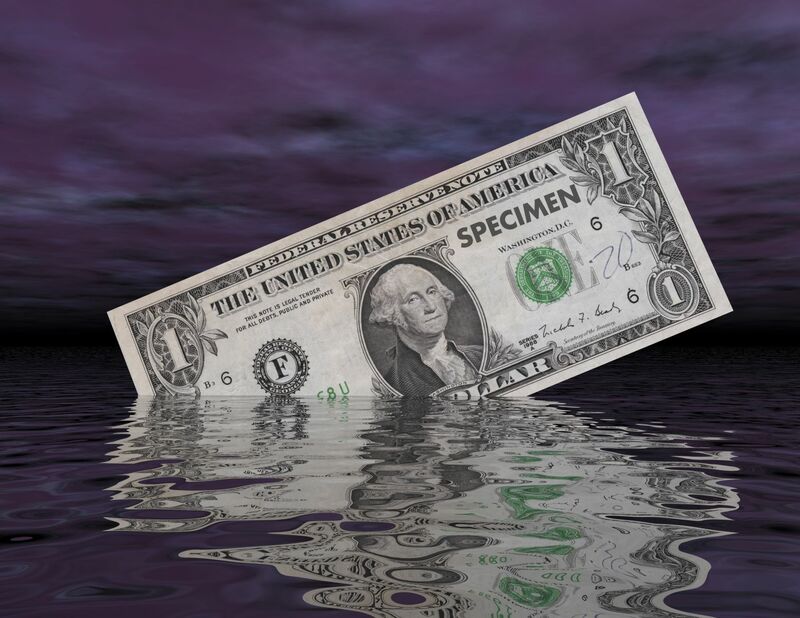
The dollar index (DXY00) Friday fell by -0.33% and posted a 5-week low. Friday’s rally in the S&P 500 to a new all-time high curbed liquidity demand for the dollar. The dollar was also undercut after the University of Michigan’s US consumer sentiment index unexpectedly fell to an 8-month low, which improves the prospects for Fed rate cuts. The dollar has carryover pressure from Thursday’s weaker-than-expected US CPI report, which boosted the chances for a Fed rate cut at the September FOMC meeting. A supportive factor for the dollar was Friday’s stronger-than-expected US PPI report, a hawkish factor for Fed policy.
The US Jun PPI final demand rose +0.2% m/m and +2.6% y/y, stronger than expectations of +0.1% m/m and +2.3% y/y, with the +2.6% y/y gain being the largest year-on-year increase in 15 months. Jun PPI ex-food and energy rose +0.4% m/m and +3.0% y/y, stronger than expectations of +0.2% m/m and +2.5% y/y, with the +3.0% y/y gain being the largest year-on-year increase in 14 months.
The University of Michigan’s US July consumer sentiment index unexpectedly fell -2.2 to an 8-month low of 66.0, weaker than expectations of an increase to 68.5.
The markets are discounting the chances for a -25 bp rate cut at 7% for the July 30-31 FOMC meeting and 95% for the following meeting on Sep 17-18.
EUR/USD (^EURUSD) Friday rose by +0.38% and posted a 5-week high. The euro rose moderately on Friday due to weakness in the dollar. Also, the strength of 10-year German bund yields on Friday has strengthened the euro’s interest rate differentials.
Swaps are discounting the chances of a -25 bp rate cut by the ECB at 4% for the July 18 meeting and 83% for the September 12 meeting.
USD/JPY (^USDJPY) Friday fell by -0.65%. The yen on Friday added to Thursday’s gains and posted a 3-week high against the dollar. The yen was supported Friday on signs the BOJ intervened in the forex market on Thursday in support of the yen. Also, an upward revision Friday to Japan’s May industrial production is positive for the yen.
Japan’s May industrial production was revised upward to +3.6% m/m from the previously reported +2.8% m/m.
According to a Bloomberg analysis of central bank accounts, the BOJ spent around 3.5 trillion yen ($22 billion) when it intervened in the forex market Thursday to support the yen.
Swaps are pricing in the chances for a +10 bp rate increase by the BOJ at 51% for the July 31 meeting and 37% for the September 20 meeting.
August gold (GCQ24) Friday closed down -1.20 (-0.05%), and September silver (SIU24) closed down -0.509 (-1.61%). Friday’s US June PPI report was stronger than expectations and weighed on precious metals prices. Also, a decline in US inflation expectations reduced demand for gold as an inflation hedge after the 10-year breakeven inflation rate Friday fell to a 2-week low.
Losses in precious metals were limited Friday after the dollar index fell to a 5-week low. Also, the University of Michigan’s US consumer sentiment index unexpectedly fell to an 8-month low, a dovish factor for Fed policy. Gold has support from fund buying after long gold holdings in ETFs rose to a 3-month high Thursday. Silver garnered some support after Japan’s May industrial production was revised upward to +3.6% m/m from the previously reported +2.8% m/m, a positive factor for industrial metals demand.
On the date of publication, Rich Asplund did not have (either directly or indirectly) positions in any of the securities mentioned in this article. All information and data in this article is solely for informational purposes. For more information please view the Barchart Disclosure Policy here.






